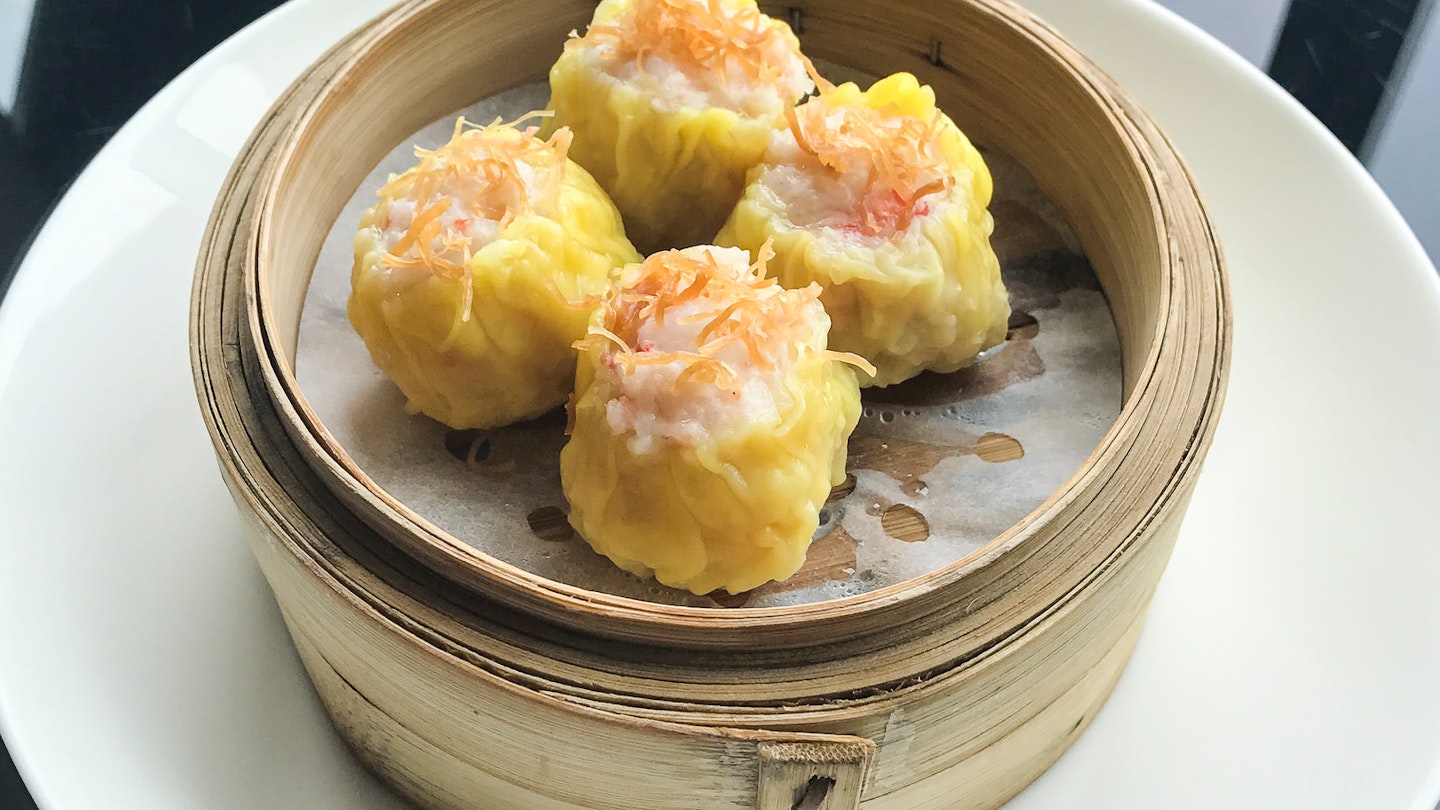Explore Guangzhou: A Cultural Gem in China
China’s third-biggest city, Guangzhou, is the beating heart of the megalopolis that is the Pearl River Delta. This location along the South China Sea has long made Guangzhou one of China’s most important trading ports, characterized by a colonial background and a culturally diverse society.
As the region’s population has swelled—around 130 million now call the Pearl River Delta home—Guangzhou’s profile has risen accordingly.

Today, the capital of Guangdong province, formerly known as Canton, firmly stands as a booming metropolis filled with cutting-edge architecture, delicious Cantonese food, and numerous intriguing areas to discover. Interestingly, Guangzhou is also one of the only cities in China where Mandarin and Cantonese are spoken almost interchangeably.
Here are 10 things you can’t miss in Guangzhou.
1. Guangzhou Opera House
The most striking piece of architecture in town is the eye-popping Guangzhou Opera House, designed by Zaha Hadid. This performance space features Hadid’s signature flowing curves, inspired by two rocks washed away from the Pearl River. The opera house, which opened in 2010, is just as futuristic on the inside as it is on the outside, with performances ranging from classical scores to Cantonese operas.

2. Cantonese Food
Guangzhou, long regarded as the spiritual home of Cantonese cuisine, is one of China’s tastiest cities. This status is only set to become official with the impending launch of a Michelin Guide to the city later this year. As expected from a cosmopolitan center, Guangzhou offers its fair share of premium restaurants alongside a vibrant local food scene. One particularly exciting option is Eating Adventures, which organizes half-day food tours around Liwan, the city’s traditional quarter. A highlight is the Huangsha Seafood Market, one of the largest fish markets in southern China, where nearby restaurants will cook the seafood you’ve just purchased.
3. Xiaobei
Guangzhou’s high level of migration from Africa has made it one of China’s most diverse cities. The Xiaobei neighborhood, centered around Baohan Straight Street, hosts a significant number of African residents as well as Uyghurs from northwestern China. This area is fascinating to explore—alongside wholesale markets, you’ll find some of the city’s best Uyghur food, which includes hand-pulled noodles and charcoal-roasted lamb.

4. Liwan
The city’s traditional heart, Liwan, is where the architecture typically consists of only a few stories, and Cantonese remains the dominant language. A visit to the Qingping Chinese Medicine Market allows you to wander through streets filled with vendors, from those selling insects to others deep in games of mahjong. Nearby, Shangxiajiu Pedestrian Street, the first of its kind in Guangzhou, presents a unique blend of booming music and traditional shophouses featuring a touch of European flair.
5. Xiaogang Park
Daily life in China unfolds in public spaces like parks. Sprawling Xiaogang Park, located in southern Guangzhou, is ideal for a leisurely weekend stroll, particularly around the lakes at its center. Visitors can find a great vegetarian restaurant, Bingsheng Zen Tea House, right by the entrance, perfect for enjoying a leisurely lunch.

6. Canton Tower
The city’s tallest structure, the slender Canton Tower, has become the symbol of modern Guangzhou, recognizable for its twisty shape that illuminates in a rainbow of colors at night. The viewing platform, at 488m high, offers a breathtaking panorama across Guangzhou and the ultra-modern Zhujiang New Town neighborhood. Additionally, visitors can enhance their experience by taking a bubble tram: these clear plexiglass cabins wind slowly around the top of the tower on a track.
7. Sun Yat-sen Memorial Hall
At the southern end of Yuexiu Park stands the impressive Sun Yat-sen Memorial Hall, which commemorates the first leader of modern China. The eponymous doctor, born in northern Guangdong in 1866, is immortalized in bronze outside the commanding octagon-shaped hall, which accommodates more than 3000 people for performances. A few stops up on metro line 2, visitors can also explore the Sun Yat-sen Memorial Museum, located at the residence where Sun lived during the 1920s.

8. Shamian Island
This 300-sq-metre island, a former European concession, is one of the prettiest sections of Guangzhou. Here, visitors will discover cobbled streets, banyan tree-flanked avenues, and wrought-iron signposts—a stark contrast to the rest of the city. The Starbucks located in an old colonial mansion is among the most charming branches worldwide, while the lobby of the five-star White Swan Hotel is worth a look for its stunning pond and mini-waterfall.
9. Shopping
For a snapshot of modern Guangzhou, visit Beijing Road—a vibrant and busy pedestrian street filled with hawker stalls and seemingly the entire city population at all times of the day. A more refined shopping experience awaits in Tianhe, a fast-gentrifying business district favored by Hong Kong weekenders since it’s conveniently near the main Guangzhou East train station. The Taikoo Hui shopping center offers a more tranquil retail environment, featuring over 180 top brands. For those interested in antiques, browsing Xiguan Antique Street is a must.

10. Dim Sum
The tradition of yum cha (literally ‘to take tea’) is taken very seriously in Guangzhou, with numerous restaurants claiming to have the best selection of traditional dim sum (the small dishes eaten at yum cha). Some argue that the best spot in town is Liwan’s Dian Dou De (587 Longjin Zhonglu)—also featured on the Eating Adventures tour—known for serving the finest egg tarts outside of Portugal. For a more formal dining experience, the Lai Wan Market offers a dim sum restaurant surrounded by traditional sampans. Finally, there’s the traditional ‘garden restaurant’ Panxi, a complex of banquet halls set around a beautiful garden, famous for its steaming baskets of classic dumplings and bao buns.





